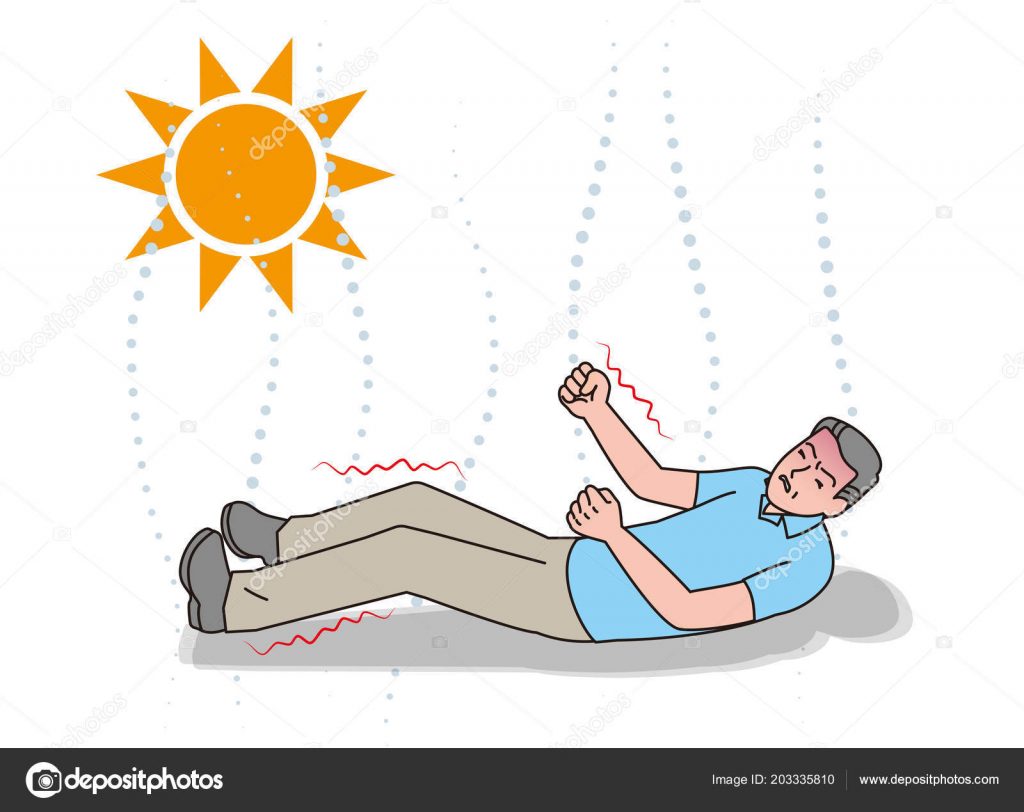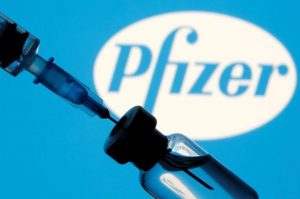Heat stroke is the most serious form of heat injury in which the body temperature is elevated and is considered a medical emergency. It can be fatal if not promptly and properly treated. Heat stroke can kill or cause damage to the brain and other internal organs.
Heat stroke often occurs as a progression from milder heat-related illnesses such as heat cramps, heat syncope (fainting), and heat exhaustion. But it can strike even if you have no previous signs of heat injury. Heat stroke results from prolonged exposure to high temperatures – usually in combination with dehydration.
This leads to failure of the body’s temperature control system. Unlike heat cramps and heat exhaustion, two other forms of hyperthermia that are less severe, heat stroke is a true medical emergency that is often fatal if not properly and promptly treated. Severe hyperthermia is defined as a body temperature of 104 F (40 C) or higher.
Those most susceptible (at risk) individuals to heat stroke include:
Infants
The elderly (often with associated heart diseases, lung diseases, kidney diseases, or who are taking medications that make them vulnerable to dehydration and heat strokes)
Athletes
Individuals who work outside and physically exert themselves under the sun
Infants, children, or pets left in cars.
Symptoms of heat-related illness
The following checklist can help you recognize the symptoms of heat-related illnesses:
- Heat rash: Heat rash looks like a red cluster of pimples or small blisters.
- Heat cramps: Symptoms are painful muscle spasms in the arms, legs, or abdomen
- Heat syncope (fainting): Symptoms of heat syncope or fainting are
- Heat exhaustion is a warning that the body is getting too hot.
- Heat stroke is a serious, life-threatening condition that occurs when the body loses its ability to control its temperature.
Dr Nazma Akter Assistant Professor (Endocrinology & Metabolism) Department of Medicine MARKS Medical College & Hospital
Dr Nazma Akter Assistant Professor (Endocrinology & Metabolism) Department of Medicine MARKS Medical College & Hospital
Symptoms of heat stroke
Symptoms of heat stroke can sometimes mimic those of heart attack or other conditions. Sometimes a person experiences symptoms of heat exhaustion before progressing to heat strokes. Different people may have different symptoms and signs of heatstroke. Common symptoms and signs of heat stroke include:
high body temperature , the absence of sweating, withhot red or flushed dry skin, rapid pulse, difficulty breathing, strange behavior, hallucinations, confusion
agitation, disorientation, seizure, and/or Coma.
First aid for heat stroke
Heat stroke is diagnosed by observation of the symptoms and signs in a person exposed to extreme temperatures. If you suspect that someone has a heat stroke, immediately call medical help or transport the person to a hospital. While waiting for the medics to arrive, initiate first aid. Move the person to an air-conditioned environment or at least a cool, shady area and remove any unnecessary clothing. If possible, take the person’s core body temperature and initiate first aid to cool it to 101 to 102 degrees Fahrenheit. (If no thermometers are available, don’t hesitate to initiate first aid.) Victims of heat stroke must receive immediate treatment to avoid permanent organ damage. First and foremost, cool the victim.
Get the victim to a shady area, remove clothing, and apply cool or tepid water to the skin (for example, you may spray the person with cool water from a garden hose), fan the victim to promote sweating and evaporation, and place ice packs under the armpits and groin.
If the person is able to drink liquids, have them drink cool water or other cool beverages that do not contain alcohol or caffeine.
Monitor body temperature with a thermometer and continue cooling efforts until the body temperature drops to 101 to 102 F (38.3 to 38.8 C).
Preventing heat stroke
When the heat index is high, it’s best to stay in an air-conditioned environment. If you must go outdoors, you can prevent heat stroke by taking these steps:
Wear lightweight, light-colored, loose-fitting clothing, and a wide-brimmed hat.
Use a sunscreen with a sun protection factor (SPF) of 30 or more.
Drink extra fluids. To prevent dehydration, it’s generally recommended to drink at least eight glasses of water, fruit juice, or vegetable juice per day. Because heat-related illness also can result from salt depletion, it may be advisable to substitute an electrolyte-rich sports drink for water during periods of extreme heat and humidity.
l If you have to perform physical activities in hot weather, drink plenty of fluids, but avoid alcohol, and caffeine (including soft drinks and tea), which may lead to dehydration.
Take frequent breaks to hydrate yourself. Wear hats and light-colored, lightweight, loose clothes.
Monitoring the color of your urine. Darker urine is a sign of dehydration. Be sure to drink enough fluids to maintain very light-colored urine.
Measuring your weight before and after physical activity. Monitoring lost water weight can help you determine how much fluid you need to drink.
Keep cars locked when not in use and never, ever, leave infants, children or pets unattended in a locked car.
Reschedule or cancel outdoor activity. If possible, shift your time outdoors to the coolest times of the day, either early morning or after sunset.
Do not take salt tablets unless your doctor has told you to do so. The easiest and safest way to replace salt and other electrolytes during heat waves is to drink sports beverages or fruit juice.
At home, draw your curtains, shades, or blinds during the hottest part of the day, and open windows at night on two sides of your building to create cross-ventilation.
Check with your doctor before increasing liquid intake if you have epilepsy or heart, kidney, or liver disease; are on fluid-restricted diets; or have a problem with fluid retention, reports internet.




